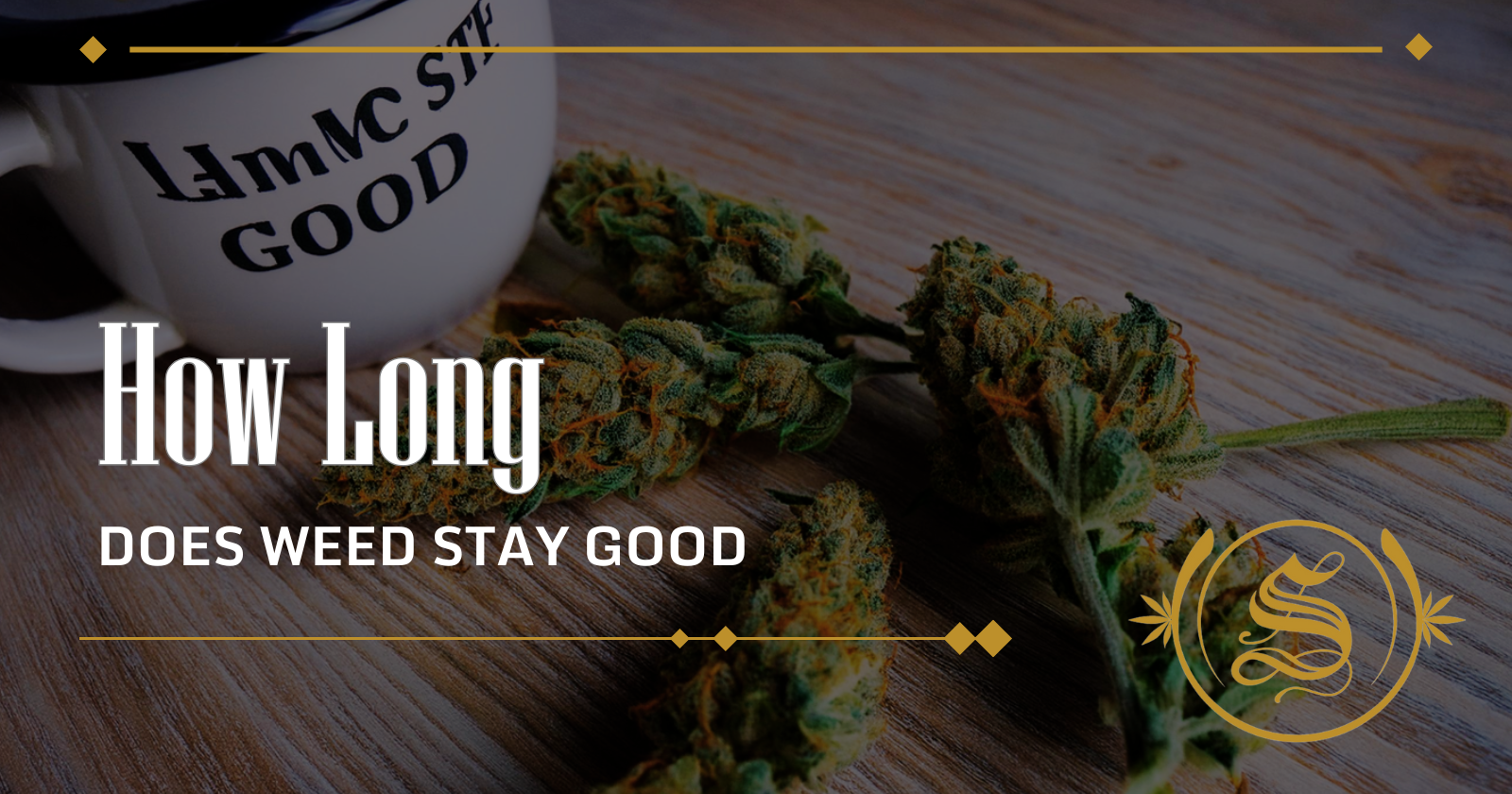Iftikhar Alam
Author
Reviewed by Cannabis Experts
Published on: March 9, 2023 | Updated on: September 11, 2024
Growing cannabis has become a trend. But you must know the science behind this venture. Amateur growers opt for autoflowering weed, while veterans plant feminized seeds for a more potent cannabinoid plant.
Autoflowering weed yields higher growth, so growers focus on this type of farming to capture a bigger market. You only have to focus on the plant’s aging for maximum output.
This article will guide you on what is an autoflowering weed and how to grow it.
What is Autoflowering Weed?
Autoflowering weed is an alternate way to grow cannabis. Unlike traditional feminized or photoperiod plants, the autoflowering yield relies on the aging process, not the lighting. The buds also grow faster and don’t spread unwanted strains.
Autoflowering cannabis doesn’t occupy much space. The average autoflower grows 50-100 cm tall, which means you can also grow it indoors. So if you are a beginner, here’s how you can grow autoflowering weed.
Tips to Grow Autoflowering Weed

Autoflowering weed is getting more popular because of its easy procedure. Follow these tips and rest assured of getting a great harvest.
Weed Strain Selection
Making the right strain selection matters the most in autoflowering weed. Why? It’s because the strain decides what effect you will get from the yield. For example, you know how THC works but have never experienced that in autoflowers. Therefore, you can go for powerful cannabis strains and enjoy an instant high.
Similarly, you can grow low-THC cannabis to fulfill the medical use of cannabis. You should also consider other factors of the cannabis strains, including growing characteristics and nutritional needs.
Root Stimulant
Although autoflowers grow faster than photoperiods, they still need root support for strength. That’s why experts recommend using a root stimulant to strengthen the rooting process in autoflowering.
Remember that root stimulants might negatively affect the plant’s growth if you excessively use them. Nascent seeds are sensitive to feeding. So, the best practice is to measure the feed and minimize its usage for the best results.
Airy and Lightweight Soil
Autoflowering weed requires light soil with an airy environment. Light soil refers to soil having a lesser quantity of nutrients than photoperiods. Too much nitrogen and other elements might inhibit the plants’ growth. So, choose an airy pot having light soil.
Autoflowers also need spacious pots for their roots to receive maximum air. That will help them grow fastly. You can also make a DIY autoflowering pot at the beginning level.
Light Schedule and Source
The main difference between autoflowers and photoperiods is the light schedule. The traditional cannabis plant requires the natural light cycle for proper growth. However, autoflowers can produce maximum yield on different light schedules.
For instance, the 18h ON and 6h OFF (18/6) schedule is appropriate for most autoflower weeds. But you can keep the lights turned on for 24 hours according to the plants’ lighting needs.
LEDs have become common as an indoor autoflower light source. You can install them in the greenhouse or the tent.
No doubt, LEDs are more expensive than HPS lighting, but it’s a one-time investment. Besides, ensure the LEDs have UV lighting for an increased taste.
Sea of Green (SOG)
Sea of Green or SOG refers to growing multiple small plants in a small place. You can follow the SOG method for autoflowering feed because of the cannabis’ smaller size. Here are the steps of SOG:
- Plant autoflower seeds into smaller containers or pots. You can also use weed clones to get identical yields.
- Install nets around the plants to ensure easy access to every container in the SOG tent.
- Follow the light cycle and keep it the same for the next three weeks.
- Change the lighting cycle after the plant turns into a flower.
- Trim the canopy and save it for future cloning.
- Harvest the weed in the SOG tent.
Watering
Plants need water to survive. But if you keep the soil submerged, that will damage the autoflower’s growth. So, the best way is to check the pot’s weight and decide whether the plant needs water. If the soil is already wet, the pot will be heavy, meaning no need to water it.
You must also randomly check the plants’ water requirements and never set a fixed watering schedule.
pH of Water
Autoflowering cannabis is sensitive to the nutrients it’s receiving from the soil. You can determine the pH level of water to deliver only the required range of nutrients to the plants. The optimum pH range for autoflowers is 6.0-7.0. You will not get the expected harvest if you don’t follow the right pH value while watering.
Remember that the quick growth of autoflowers doesn’t have recovery time. So, the wrong pH levels can cause irreversible damage to your autoflower weed farm.
Balanced Plant Nutrition
Never overfeed your autoflowers, as that will result in a waste of money, time, and effort. Many growers keep feeding their cannabis pots for the maximum yield. But that only returns a minimum return compared to the cost of the weed.
Cannabis or weed autoflowers remain healthiest when you give the right and balanced nutrition. Some plants might not even need any feeding during the veg phase.
Therefore, pause feeding your autoflowers and observe their sprouting process. They might not need anything except light. But if you see signs of deficiency, like yellow leaves, only then give nutrition to the plant.
Temperature and Ventilation
Autoflowers are temperature-sensitive. Intense cold or hot temperatures can affect their growth. So, keep the temperature between 20-25 degrees Celsius for proper nourishment.
Similarly, keep the tent or the autoflower room ventilated all the time. The continuous airflow prevents mold growth, which threatens the autoflowers’ growth.
Harvesting
Lastly, harvest the autoflower weed in a sequence. Since the canopy absorbs most light, the mid-portion of the plant doesn’t get adequate light. So, the top buds are ready for harvesting, but the lower buds still need a few days to ripen completely.
Experts suggest when and how to harvest weed depending on your autoflowering schedule. Everyone’s yields are different. So, the best way is to perpetually harvest the yield to enjoy farming in every season to come.
Final Words
You can follow different techniques for growing autoflower weed. Since indoor growth doesn’t need any industry standard, you can apply other methods according to your plan. So, start growing your autoflower weed and enjoy the harvest throughout the year.
The content provided on this blog is for informational purposes only and does not constitute medical, legal, or professional advice. Cannabis use is subject to local laws and regulations, which vary widely by jurisdiction. Always consult with a healthcare professional before starting any new treatment or altering an existing treatment regimen. The authors and publishers of this blog are not responsible for any actions taken based on the information provided herein. Use cannabis responsibly and in accordance with applicable laws. This blog is intended for adults aged 21 and over. The Sanctuary Dispensaries D186, D187.








